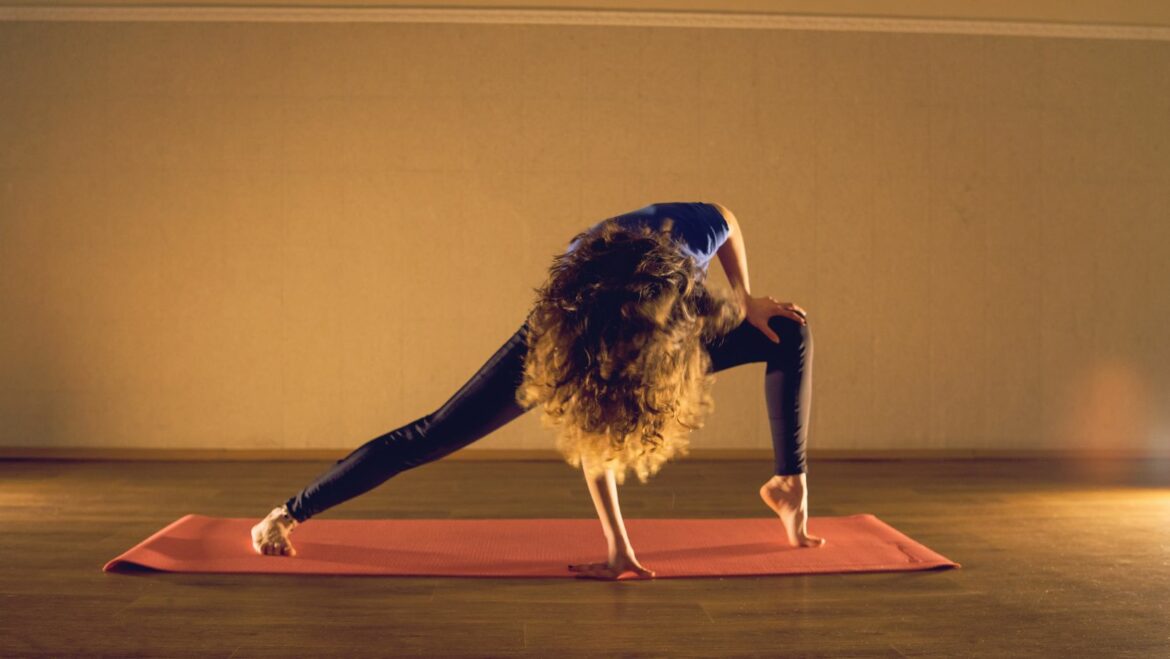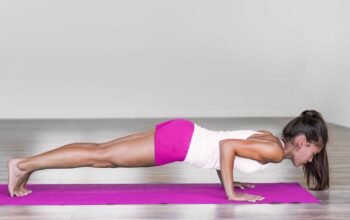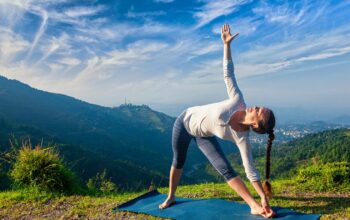If you’re looking to get started with vinyasa yoga, you’ve come to the right place. In this blog post, we’ll introduce you to the basics of vinyasa yoga and provide some tips on how to get started. So, what is vinyasa yoga? Vinyasa yoga is a type of hatha yoga that focuses on linking breath and movement. In other words, each breath is synchronized with a movement. This makes for a flowing, dynamic practice. Vinyasa yoga is often referred to as “flow” yoga because of the continuous flow of movement. It’s a great practice for building strength, flexibility, and stamina. And, it can be adapted to all levels – from beginners to more experienced yogis. So, if you’re ready to give vinyasa yoga a try, read on for some tips on how to get started…
Vinyasa Yoga is Also Called
Vinyasa yoga is a type of yoga that links breath and movement. Inhale on the way up, exhale on the way down. Inhale to lengthen, exhale to twist or bend. The breath becomes an anchor to the movement. A vinyasa class will typically start with sun salutations (Surya Namaskar)to warm up the body. From there, standing poses, seated poses, backbends, and inversions are mixed in – all linked by breath.
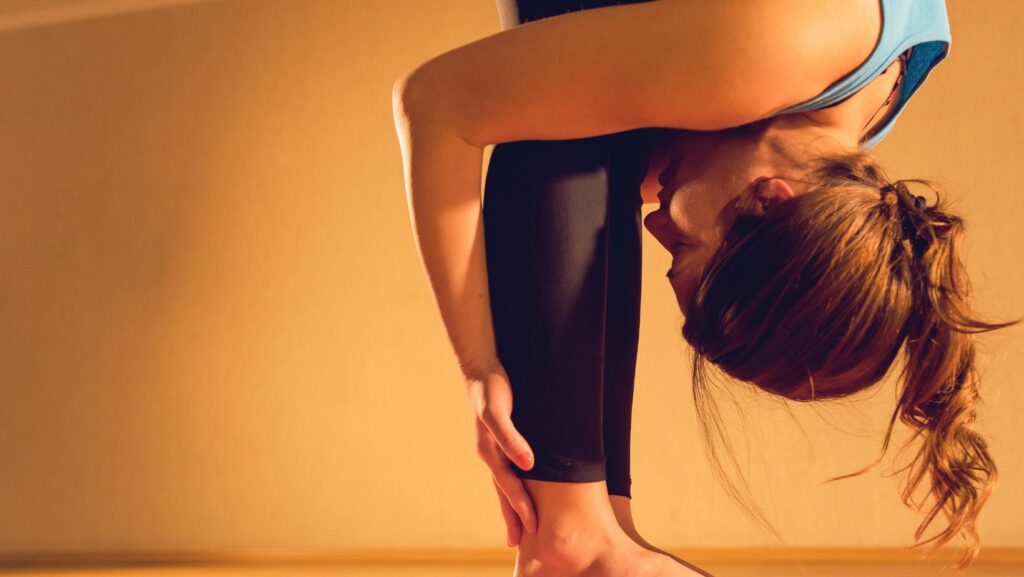
Vinyasa means “linking” or “connection.” In a vinyasa yoga class, poses are always strung together by either moving from one pose to the next on an inhale or an exhale. The breath becomes an anchor to the movement – inhaling up into Warrior I, for example; exhaling as you fold forward into Uttanasana (Standing Forward Fold).
The Benefits of Vinyasa Yoga
Vinyasa yoga is a popular style of yoga that is characterized by a flowing, Graceful movement. The word “vinyasa” can be translated to mean “purposeful placement of the body,” and that is exactly what this type of yoga is all about. Each movement in a vinyasa yoga class is carefully synchronized with breath in order to create a serene and meditative flow. This type of yoga is often seen as a more dynamic and physically demanding practice when compared to other styles such as yin or hatha. However, don’t let this intimidate you! Vinyasa yoga is suitable for all levels of students, from beginners to advanced practitioners. The following are some of the benefits that you can expect to experience from practicing vinyasa yoga:
- Improved flexibility and mobility
- Increased strength and muscle tone
- Greater mental focus and concentration
- Reduced stress and anxiety
- Improved digestion and circulation
- Enhanced well-being and quality of life
The Different Types of Vinyasa Yoga
There are many different types of vinyasa yoga, each with its own benefits. Here are some of the most popular types:
- Ashtanga yoga: Ashtanga yoga is a physically demanding form of vinyasa yoga that focuses on linking breath with movement. Ashtanga yoga is divided into six series, with each series consisting of a different set of postures.
- Kundalini yoga: Kundalini yoga is a type of vinyasa yoga that emphasizes the awakening of kundalini energy, which is believed to reside at the base of the spine. Kundalini yoga often includes chanting, breath work, and meditation.
- Iyengar yoga: Iyengar yoga is a type of vinyasa yoga that focuses on proper alignment and use of props, such as blankets, blocks, and straps. Iyengar yoga is an excellent choice for beginners or those with injuries or other limitations.
- Power Yoga: Power Yoga is a vigorous form of vinyasa yoga that builds heat, strength, flexibility, and stamina. Power Yoga is an excellent workout and can be tailored to any fitness level.
The History of Vinyasa Yoga
Vinyasa yoga is a style of yoga that links breath and movement. The word “vinyasa” can be translated as “arranging something in a special way,” like the way flowers are arranged in a garland. In vinyasa yoga, poses are strung together in a flowing sequence. The practice of vinyasa yoga can be traced back to the Yoga Sutras, an ancient yogic text written by Patanjali around 400 CE. In the Yoga Sutras, Patanjali outlines the Eight Limbs of Yoga, which include moral and ethical guidelines (yamas and niyamas), physical postures (asanas), breathing techniques (pranayama), and meditation (dhyana).
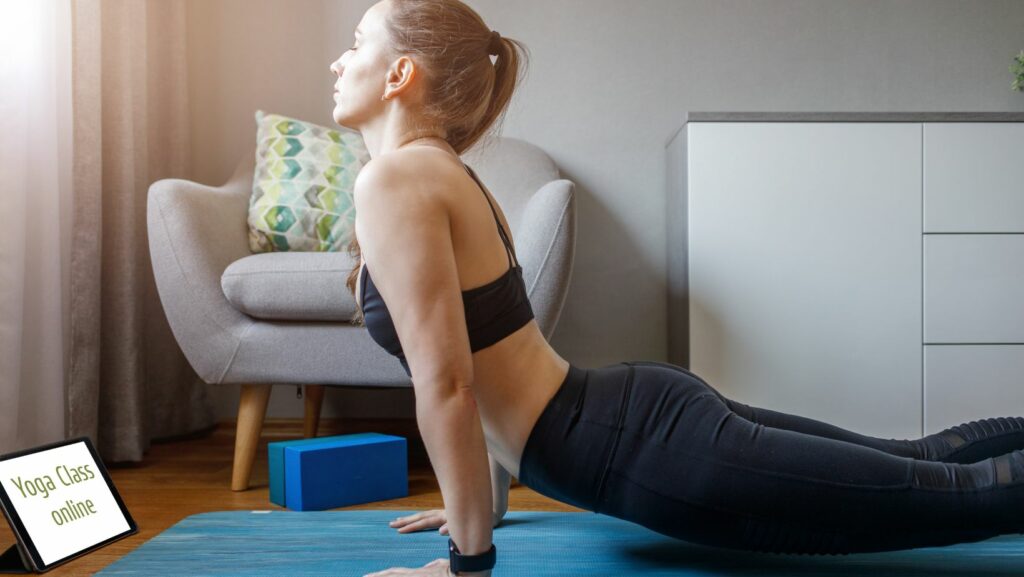
It is believed that Vamana Rishi, a sage from India, developed the first vinyasa system in the 8th century CE. Vamana Rishi is said to have created a series of 84 classic asanas, which were later refined by Krishnamacharya in the 20th century. Krishnamacharya is considered to be the father of modern-day yoga, and his students went on to become some of the most influential yoga teachers of our time, including Pattabhi Jois (founder of Ashtanga Yoga) and B.K.S. Iyengar (founder of Iyengar Yoga). Today, vinyasa yoga is one of the most popular styles of yoga practiced around the world. Vinyasa classes typically involve sun salutations (a flow of standing and ground poses) interspersed with other standing poses, balances, seated positions, and backbends.
Vinyasa Yoga for Beginners
Vinyasa yoga is a type of yoga that focuses on breath-synchronized movements. The word “vinyasa” can be translated as “arranging something in a special way,” which refers to the sequencing of the yoga poses. A typical vinyasa class will start with some basic Sun Salutations to warm up the body, then move on to a series of standing poses, seated poses, and inversions. The class will end with Savasana (corpse pose), which is a resting pose that allows the body and mind to assimilate the benefits of the practice.
Vinyasa yoga is a great way to get active and release tension from the body. It’s also an excellent way to develop focus and concentration. If you’re new to vinyasa yoga, it’s important to find a class that is suitable for your level of experience. There are many different types of vinyasa yoga, so it’s important to do some research before you sign up for a class. If you have any injuries or health concerns, be sure to let your teacher know before the class starts.
